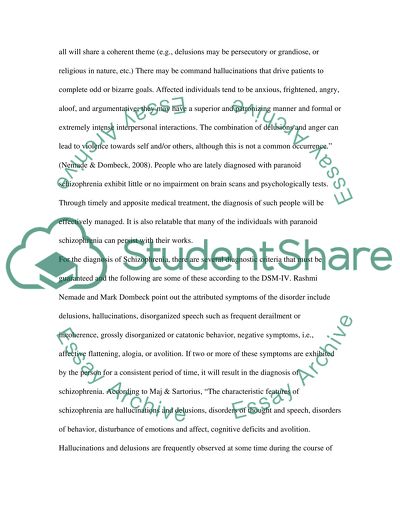Cite this document
(“Shonda: Continuous Schizophrenia: Paranoid Type - Final Essay”, n.d.)
Retrieved from https://studentshare.org/miscellaneous/1547750-shonda-continuous-schizophrenia-paranoid-type-final
Retrieved from https://studentshare.org/miscellaneous/1547750-shonda-continuous-schizophrenia-paranoid-type-final
(Shonda: Continuous Schizophrenia: Paranoid Type - Final Essay)
https://studentshare.org/miscellaneous/1547750-shonda-continuous-schizophrenia-paranoid-type-final.
https://studentshare.org/miscellaneous/1547750-shonda-continuous-schizophrenia-paranoid-type-final.
“Shonda: Continuous Schizophrenia: Paranoid Type - Final Essay”, n.d. https://studentshare.org/miscellaneous/1547750-shonda-continuous-schizophrenia-paranoid-type-final.


